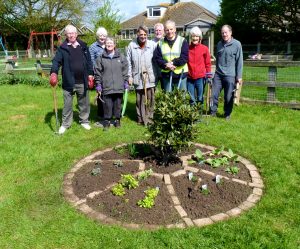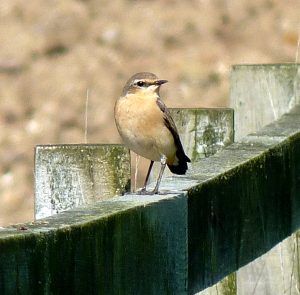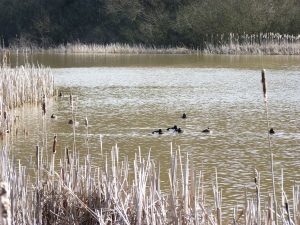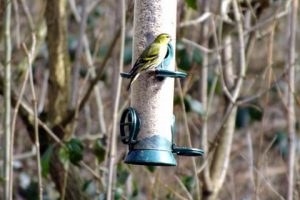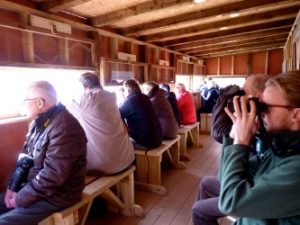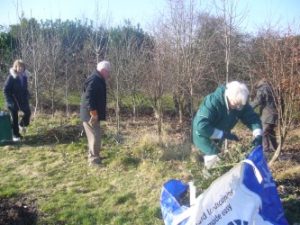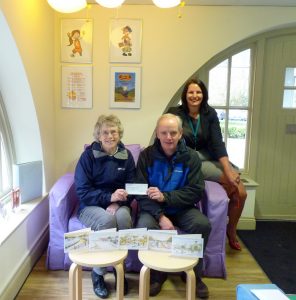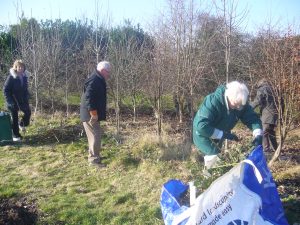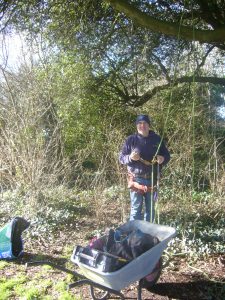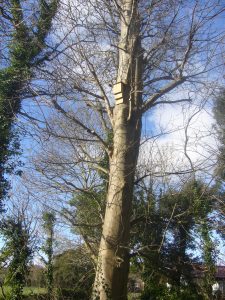How many of us would make a connection between used cooking oil as a source for cleaner energy and fewer pounds spent on cleaning and repairing drains and sewage treatment plants? The connection might not be that obvious but there is a connection and a very costly one.
It is estimated that each year in the UK 129 kilotonnes of used household cooking oil is disposed of and most of it goes down the drain. Cooking oil can and is being used to provide green, carbon neutral electricity. A litre of oil can generate sufficient energy for 240 cups of tea, or 5 hours of microwave use, or 160 hours of laptop use.
When cooking oil is improperly disposed of it is harmful for the environment and water companies have to clear blockages. 115 tons of waste was removed from the treatment plants of East Worthing and Shoreham between April and November in 2014. Money is spent unblocking, cleaning and removing waste oil and other items such as ‘flushable’ wet wipes from drains and sewage treatment plants. Southern Water cleans and unblocks drains and sewage plants because householders put oil, fats and other inappropriate items down drains and toilets.
Recycling used cooking oil for renewable electricity will, in the long run, save us all money. Recycling even a small amount of waste oil including vegetable oil from sun-dried tomato jars, fry-ups and tinned tuna oil, can be used for producing biofuels, help to lower carbon emissions and help keep the drains and sewers unblocked.
The Household Recycling Waste Centres in Worthing, Shoreham and Littlehampton provide residents with opportunities for the recycling of almost all disposable items, including waste cooking oil. For each visit to these Recycling Centre residents may recycle up to 5 litres of used cooking oil in the disposal tanks provided. The bulk of the oil safely disposed of is used to generate a sustainable energy source.
There are many examples of good and emerging reduce, reuse and recycle schemes.
Surrey Council invites catering outlets to donate used cooking oil for the production of biodiesel and in Kingston on Thames the Council offers a free cooking oil collection service as well as an offer to buy large quantities of cooking oil for reuse as biofuels. In Milton Keynes there are commercial collection points for waste oil to be reused for cleaner electricity. Huntingdon District Council provide a collection of all food and garden waste which is then reused for compost. West Sussex uses the bulk of recycled oil from its Recycling Centres for the production of greener electricity. Householders can contribute to this free of charge but catering outlets have to pay for safe disposal of waste cooking oil.
There could be opportunities for the water authority and councils to negotiate more effective processes for the reuse of waste cooking oil and other reusable substances. Savings could be used to offset council costs and reduce treatment and sewer maintenance costs. Communities can work alongside councils and other providers to improve the effectiveness and reduce the cost of the services available.
The message of reduce, reuse, recycle is still valid. By acting responsibly with what is put down the drains and what is recycled local residents can support the generation of cleaner energy and save money on drain cleaning operations.
Sources
1. Article on drains and ‘sewer – blockers’ (the public’s help in maintaining effective drainage systems). Worthing Herald 29th Jan 2015
2. West Sussex Gazette 14th January 2015. “Waste oil helps to generate energy”. Various eco/ biofuel websites and council sites.
3. Various eco/ biofuel websites and Council sites
4. London Oils ~ free collection of oil in Essex, Norfolk, Suffolk
By Lesley James
